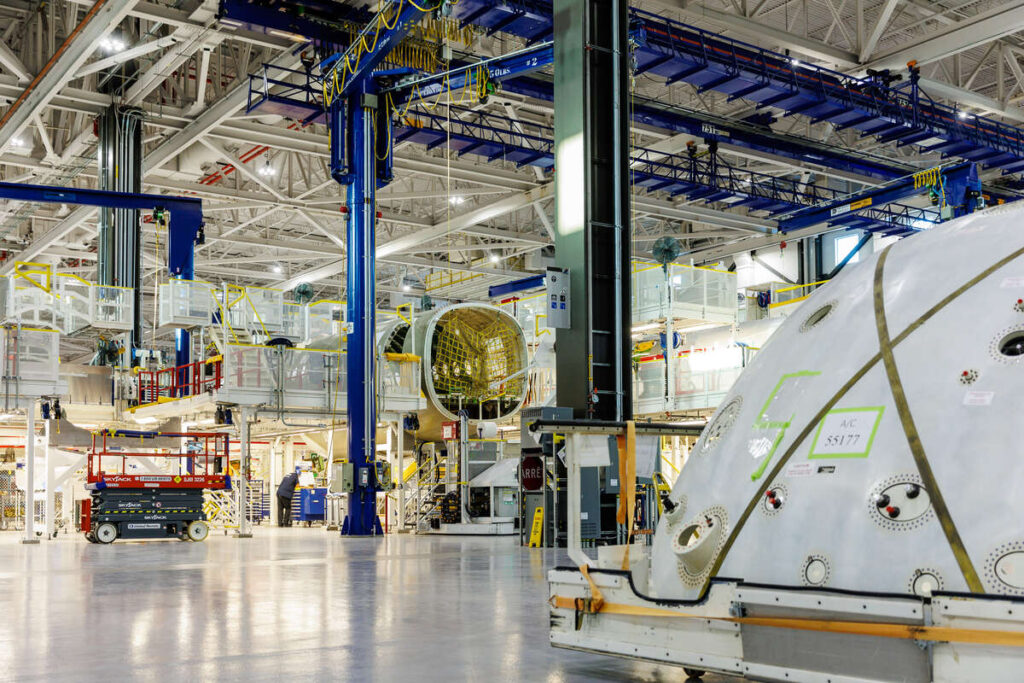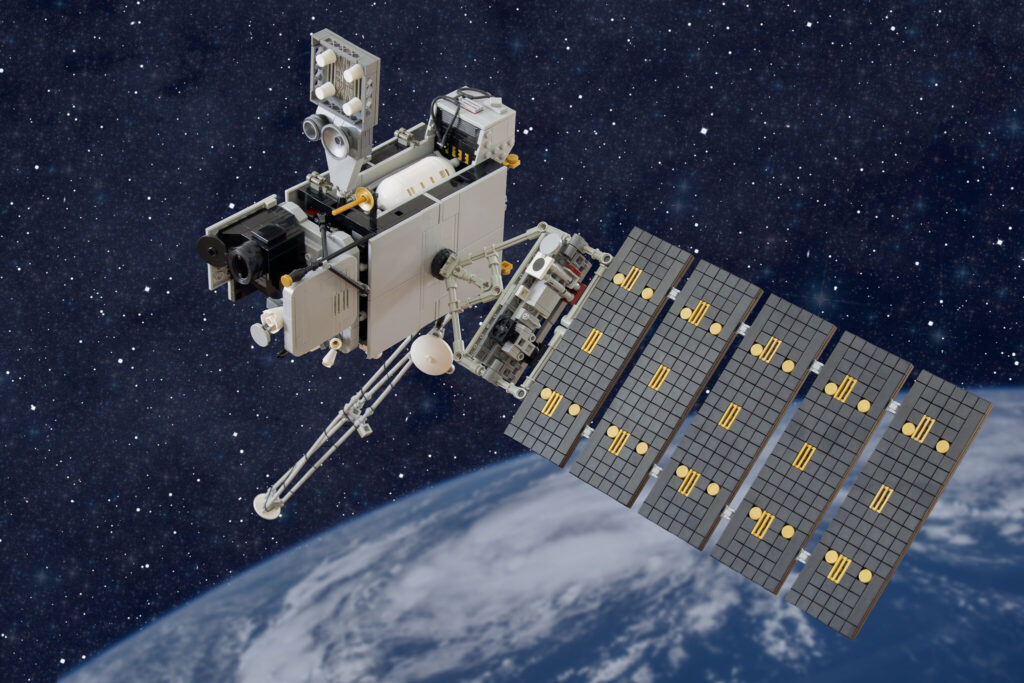FRANCE- Airbus has secured a contract from NASA’s Jet Propulsion Laboratory (JPL) in Pasadena, California, to develop and construct the GRACE-C twin spacecraft.
This upcoming mission, conducted in collaboration with the German Space Agency at the German Aerospace Center (DLR), will reinforce the enduring partnership between the United States and Germany, which has spanned over two decades.

Airbus’s Role in Tracking Earth’s Climate
Initiated in 2002 with GRACE and sustained with GRACE Follow-On launched in 2018, this alliance aims to ensure continuous monitoring of Earth’s gravity field.
The GRACE-C Mission (Gravity Recovery And Climate Experiment-Continuity), anticipated to last five years, will extend the series of measurements, observing fluctuations in Earth’s groundwater, oceans, ice sheets, and land on a month-to-month basis by detecting variations in the planet’s gravity field.
Alain Fauré, Airbus’s Head of Space Systems, marvels at the ability of two satellites, positioned over 200 km apart and not even facing Earth, to track the melting rate of ice sheets. He underscores the importance of continuity in environmental monitoring and Airbus’s ongoing contribution to this global endeavour.
The GRACE-C mission involves two identical satellites orbiting around 200 km apart at an altitude of 500 km with an inclination of 89 degrees. Each satellite measures approximately 3 x 2 x 1 meters and weighs around 600 kg. The launch, slated for late 2028 from the USA, represents a significant milestone in this endeavour.

GRACE-C Mission: Earth Observation and Climate Analysis
Like its predecessors, the GRACE-C mission is engineered to meticulously gauge minute changes in distance between satellites owing to fluctuations in gravity, achieving unprecedented precision down to the micron level.
As the satellite pair orbits Earth, regions with slightly stronger gravity, indicating greater mass concentration, will influence the spacecraft’s positions and thereby alter the distance between them.
These variations will be detected by leveraging an exceptionally precise microwave ranging system, facilitating the creation of Earth’s gravity field map with unparalleled accuracy.
Over time, comparing these gravity maps, depicting the evolution of mass concentrations will allow scientists to evaluate global water balance, including groundwater levels and ice sheet dynamics, and the impacts of climate change. Furthermore, it will offer insights into deep and surface ocean currents and contributors to changes in ocean height.

Advancements in Satellite Technology
GRACE-C entails the reconstruction of the two GRACE Follow-On satellites, featuring upgraded avionics leveraging cutting-edge technology. It incorporates the joint US-German Laser Ranging Interferometer (LRI), previously flown as an experimental payload on GRACE Follow-On and now serving as the primary ranging instrument.
This mission operates under a partnership between NASA and DLR, with German contributions funded by the Federal German Ministry of Economic Affairs and Climate Action and the Federal Ministry of Education and Research. SpaceTech GmbH constructs the LRI instrument’s optical bench in collaboration with the Max Planck Institute for Gravitational Physics (Albert Einstein Institute).
Airbus Defence and Space in Friedrichshafen is tasked with designing, building, and delivering the satellites to the launch site and providing Launch and Early Orbit Phase (LEOP) support for NASA/JPL. DLR’s German Space Operations Center (GSOC) will manage the mission’s operations.

NASA and DLR Collaboration
The GRACE-C mission, a successful series to monitor Earth’s environment, continues its endeavours. It represents a collaborative effort between NASA and the German Space Agency at the German Aerospace Center (DLR).
German participation is supported financially by the Federal Ministry for Economic Affairs and Climate Action (BMWK) and the Federal Ministry of Education and Research (BMBF), along with contributions from other project partners in Germany.
Scientific data evaluation will be conducted by the GeoForschungsZentrum Potsdam (GFZ). At the same time, the construction of the laser system for measuring the distance between GRACE-C spacecraft will be overseen by the Max Planck Institute for Gravitational Physics (Albert Einstein Institute) and SpaceTech GmbH in Immenstaad.
Stay tuned with us. Further, follow us on social media for the latest updates.
Join us on Telegram Group for the Latest Aviation Updates. Subsequently, follow us on Google News.

